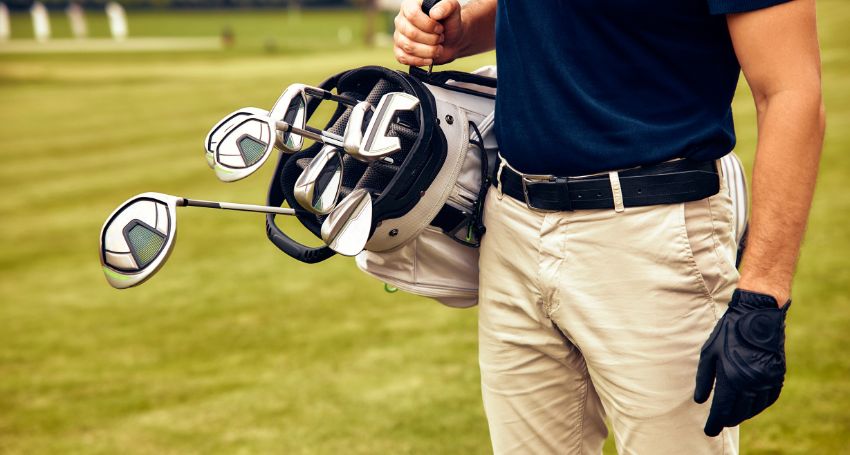Introduction:
Golf is a sport that requires precise and calculated movements, and having the right equipment can make all the difference in your game. A golf club fitting can help you find the right set of clubs that cater to your unique swing and physique. By selecting the right club length, lie angle, flex, grip, and other factors, you can improve your accuracy and performance on the course.
Iron Fitting:
Irons are the most commonly used clubs in a golfer’s bag and finding the right fit is crucial. A properly fit iron set can make a significant difference in your distance control and accuracy.
Golf Equipment:
Golfers have a variety of equipment options to choose from, including different types of shafts, clubheads, and grips. When undergoing a club fitting, it is essential to consider your personal preferences and the type of golf you play.
Fitting Process:
The club fitting process involves a series of measurements and trials to determine the right set of clubs for you. A club fitter will use tools such as a launch monitor, wrist-to-floor measurement, and swing speed to get an accurate reading of your swing. This information will help determine the right club length, lie angle, flex, grip, and other factors for your game.
Shaft:
The shaft is the component of the club that connects the grip to the clubhead. Golfers have the option to choose between graphite and steel shafts, and the right choice depends on your swing speed and personal preference. A graphite shaft is lighter and more flexible, making it a popular choice among golfers with a slower swing speed. Steel shafts are heavier and stiffer, making them ideal for golfers with a faster swing speed.
Shaft Length:
The shaft length of your clubs can also impact your performance on the course. A standard length club may not be the right fit for everyone. A club fitter will measure your wrist-to-floor measurement to determine the ideal shaft length for your swing.
Shaft Flex:
The flex of a shaft refers to its ability to bend and is crucial in determining the right club for you. Shaft flex is rated on a scale, with extra stiff being the stiffest option. The right shaft flex for you will depend on your swing speed and personal preference.
Grip:
The grip of your club is the part you hold onto, and it can also impact your performance on the course. A grip that is too small or too large can make it difficult to control your shots. A club fitter will measure your hand size to determine the right grip size for you.
Wedge:
Wedges are an essential part of a golfer’s bag, and finding the right fit is crucial for your short game. A club fitter will help you select the right loft, bounce, and grind to match your swing and the type of golf you play.
Fairway:
Fairway woods are used for longer shots and are an important part of your set of clubs. A club fitter will help you determine the right loft, lie angle, and shaft flex for your fairway woods to improve your accuracy and distance control.
Putter:
A putter is an essential club for your short game, and having the right fit can make all the difference in your performance. A club fitter will help you select the right length, lie angle, and weight to match your putting style.
Conclusion
In conclusion, a club fitting is a valuable investment for any golfer looking to improve their performance on the course. With the right set of clubs, you can maximize your potential and achieve your desired results. By taking the time to get properly fit, you can ensure that you have the right club length, lie angle, flex, grip, and other factors that cater to your unique swing and physique. With the help of a club fitter and the use of technology, you can find the right set of clubs that will help you reach your full potential on the course. Investing in a club fitting will ultimately lead to a more enjoyable and successful golfing experience.





























































